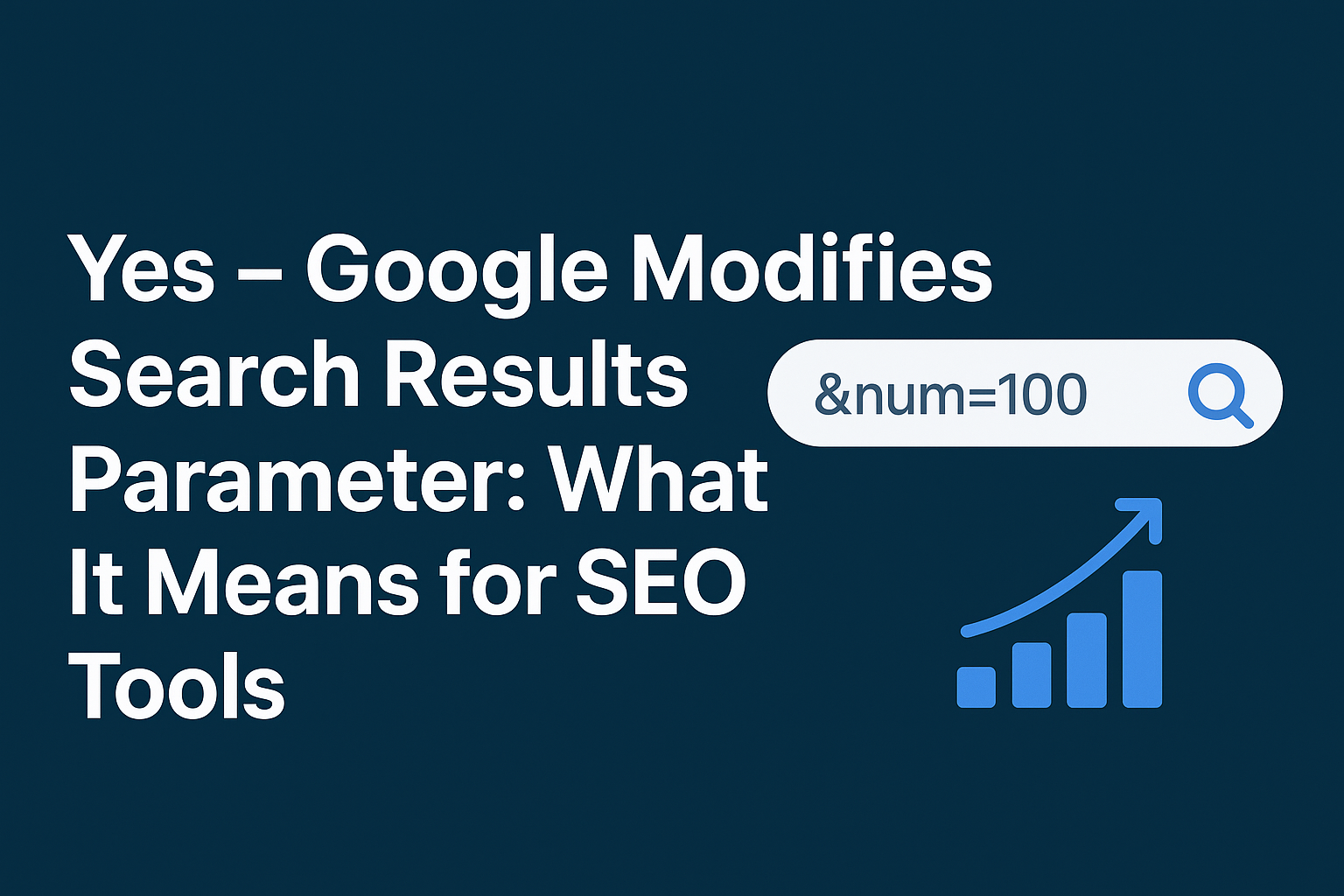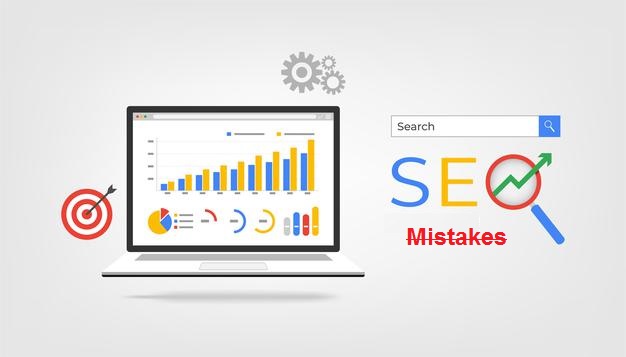In the ever-changing world of search, Google has once again introduced a subtle yet impactful update. Yes – Google has modified the “Search Results Parameter” (&num=100), and this is already creating ripples across the SEO industry. From rank tracking tools to Search Console reporting, professionals are noticing sudden changes that demand attention. If you’re wondering why impressions have dropped or why your tools are showing incomplete data, here’s everything you need to know.
What Exactly Has Changed?
For years, SEO tools and professionals relied on the &num=100 parameter in Google search queries. This simple parameter allowed them to display 100 results on a single SERP page, instead of the default 10. It was extremely useful for rank trackers, as they could quickly gather large amounts of data in one request.
However, since September 10, 2025, things are different. Multiple SEO experts, tool providers, and agencies have reported that the &num=100 parameter no longer functions the way it used to. In some cases, it doesn’t work at all, while in others it appears restricted or inconsistent. This small change is already having a big impact on how SERP data is collected and analyzed.
The Immediate Impact on SEO Tools
The removal or limitation of the &num=100 parameter has created visible disruptions in the SEO world. Here’s what professionals are experiencing:
- Rank tracking disruptions: Many tools that previously relied on 100-result pages are now struggling to provide accurate rankings.
- Reporting gaps: Daily reports, historical graphs, and SERP screenshots are showing inconsistencies or missing results.
- Search Console changes: Marketers have noticed a sudden drop in desktop impressions. At the same time, average positions appear slightly better, suggesting that impressions were previously inflated by automated scraping activity.
This shows that the change is not just technical—it directly affects how SEO professionals measure and interpret performance.
Why Did Google Make This Change?
While Google hasn’t released an official statement, industry experts believe there are clear reasons behind this update:
- Reducing automated scraping: Google wants to limit bulk data extraction from its SERPs by third-party SEO tools.
- Improving data quality: Earlier, bots and scrapers inflated impressions and visibility numbers. This change helps ensure that impression counts reflect real human searches.
- Encouraging compliance: By removing shortcuts like &num=100, Google is pushing tools to adopt fairer, more transparent methods of SERP data collection.
What This Means for SEO Professionals
For digital marketers, SEOs, and agencies, this update is a signal to stay agile. Here are the key takeaways:
- Adapt tracking tools: Tools that relied heavily on the &num=100 parameter will need to switch to pagination (10 results per page) or alternative data collection methods.
- Expect impression shifts: Be prepared to see lower impression numbers in Search Console reports. This does not mean your visibility has collapsed—it’s simply a new baseline.
- Communicate with clients: If clients notice sudden drops in impressions, explain that the change is due to Google’s parameter update, not a flaw in the SEO strategy.
- Review methodology: SEO reporting will need to be more transparent about data sources and collection methods. This is the right time to strengthen trust with stakeholders.
- Monitor ongoing changes: Since this is a technical update, more adjustments may follow. Keep an eye on SEO community discussions and official Google updates.
A Shift in SEO Measurement
This change also sheds light on a broader industry issue often referred to as the “Great Decoupling”—where impressions rise, but clicks do not follow. With inflated impressions now being curbed, Search Console data may finally become cleaner and more reliable. However, this also means that SEOs must carefully explain historical data shifts and ensure that performance is compared fairly across timelines.
The Bottom Line
Yes – Google’s change to the &num=100 parameter is more than just a technical tweak. It’s a direct reminder that the way we track, measure, and report SEO performance is always evolving. While this may feel inconvenient for now, the update can ultimately help the industry move toward more accurate and meaningful insights.
For SEO professionals, adaptability is the key. Stay informed, adjust your tools, and keep your clients educated. This is not a setback—it’s an opportunity to refine how we measure search visibility in a constantly changing digital landscape.












